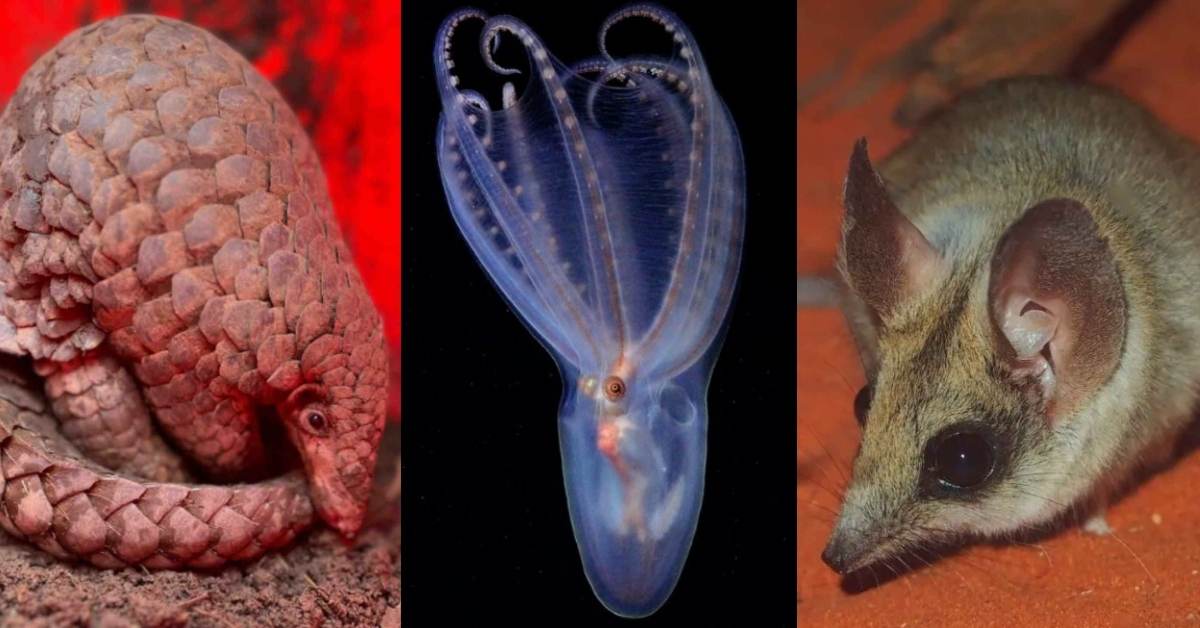Architect Boonserm Premthada has long watched as humans and elephants coexist in Thailand’s Taklang Village, a relationship that began nearly four centuries ago.
The surrounding forest around Taklang Village once provided wild elephants with their primary source of nutrition.
But in recent years, elephants have begun to face an ecological issue as a result of their human neighbors: The steady decline of food sources caused by deforestation, land development, human encroachment, and climate change.
Premthada decided it was time to step in.

The architect has upcycled former rice barns into what he calls Elephant Food Homes, small structures built with timber frames and handwoven bamboo winnowing baskets.
Scattered throughout the forest, the barns have been repurposed from their previous role storing grain for humans, now as checkpoints for elephants to shelter and dine on bundles of fresh plants placed there by local villagers.
“An abandoned rice barn becomes a shelter for elephants and humans alike,” Premthada shares poetically in a social media post about the structure.
“The old timber frame remains, but its soul has shifted. Walls of woven bamboo trays reveal scars of the past, holding space for a new kind of care … This is not about power, but empathy. A gentle architecture that begins to heal the distance between us and the natural world.”

Along with feeding the elephants, the placement of the food houses is strategic, with walks to and from the shelters supporting the digestion and overall health of the giant animals, which once came naturally in seasons of migration to forage freely in the previously lush forest.
The breathable and lightweight surface of the bamboo baskets also offers protection and natural ventilation for the barns to act as resting points for both humans and animals trekking through the forest.
The design was displayed at the 24th International Exhibition of Triennale Milano, with a theme of Inequalities. The displayed food home also features what Premthada has named the Vitruvian Elephant — inspired by Leonardo da Vinci’s famous Vitruvian Man — a puppet sculpture made from elephant dung paper.

He calls the use of this material “a quiet reminder that nature, not humans, should be at the center of design.”
This wasn’t the only instance in which Premthada used elephant dung in his work. Another piece displayed in the Triennale Milano exhibition is the Elephant Chapel, an arched structure crafted from 4,211 elephant dung bricks.
This piece is also intended to be a shelter for elephants and humans alike, similar to Premthada’s Elephant Museum, a massive structure built for the nonprofit Elephant World, where rehabilitated elephants can retire in peace and harmony.

The Elephant Chapel — and its bricks — were formed by local craftspeople, further illustrating Premthada’s message of human-animal coexistence.
“To me, Elephant Chapel is not just a structure, but a gesture of coexistence — between the sharpness of human intellect and the still wisdom of the elephant, the largest land mammal we share this earth with,” Premthada writes.
“If we learn to keep the right distance, to respect differences, and to move toward each other with humility, then true harmony becomes possible.”

Both of these pieces — the Elephant Food Home and Elephant Chapel — traveled to Venice as examples of ecological inequality and Premthada’s call to action to protect the endangered species.
By reimagining architecture from a purely human tool, Premthada hopes to build a “human and non-human” framework that supports and serves nature.
“To me, inequality isn’t about demanding rights for animals; It’s about planting empathy in the human heart,” Premthada shares.
“Coexistence begins when we realize we depend on one another. This project wasn’t built for humans, but to restore forests, watersheds, and balance — by letting go of ego. Architecture has long served humans. Elephant Food Home offers another way: to share, not to dominate.”
Header image courtesy of Boonserm Premthada/Bangkok Project Studio



